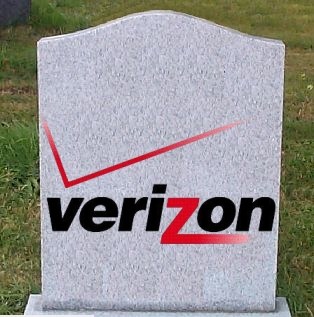 CenturyLink’s massive nationwide broadband service outage on May 7 hurt Florida schools trying to administer online testing, small businesses in Nevada that were forced to close for the day, and frustrated nearly six million customers across both states and in Arkansas, Missouri, Louisiana, Texas, Kansas, Minnesota, Ohio, Wisconsin, Pennsylvania, Colorado, Washington, Virginia, Michigan, Montana, Oregon, Tennessee, and Illinois.
CenturyLink’s massive nationwide broadband service outage on May 7 hurt Florida schools trying to administer online testing, small businesses in Nevada that were forced to close for the day, and frustrated nearly six million customers across both states and in Arkansas, Missouri, Louisiana, Texas, Kansas, Minnesota, Ohio, Wisconsin, Pennsylvania, Colorado, Washington, Virginia, Michigan, Montana, Oregon, Tennessee, and Illinois.
An unspecified router failure disrupted broadband service for up to eight hours, and it could not have come at a worse time for Lee County and Cape Charter Schools in Florida that had to postpone state-mandated tests that are completed by students online.
Dr. Lee Bush told WZVN when things like this happen it is not good for the students or area schools.
“There’s a window of time for these tests and there’s a short period of time left. It does affect us,” said Dr. Bush.
The Las Vegas Sun also found itself without Internet access for much of the day, which also brought the newspaper’s website down. Several area businesses that depend on the Internet decided to send workers home late in the morning after it became clear CenturyLink had no realistic expectation of when service would be restored.
The Clark County School District, which serves Las Vegas, also reported their broadband service was interrupted.
In Illinois, Michigan, and Wisconsin outages created a significant problem for farmers cut off from commodity trading markets during the morning hours.
“An early Tuesday morning in May is definitely not a good time to have a long-lasting service outage for agribusiness,” said Sam Haupmann, who advises small and medium-sized farms on telecommunications matters. “Connectivity is very important for the farm economy these days, and farmers can’t just switch to the cable company or a cell phone. There often is no cable company serving farms and cell phone service can be difficult in rural areas.”

Ask CenturyLink to credit your account for the May 7 outage.
Ed Perrine, the chief of operations of Network Tallahassee, a Florida provider, told the Tallahassee Democrat all of his operations went down in the outage, affecting at least 4,000 customers and the 600 to 700 businesses they serve on the Florida Panhandle alone.
Perrine is not too happy with early reports CenturyLink’s massive outage could have come as a result of botched routine maintenance right before the start of business on a weekday:
Perrine said he spoke with CenturyLink at 6 a.m. where they advised him the company was doing scheduled maintenance. At 7:35 a.m. they told him something had gone wrong during the maintenance and it was affecting customers in 13 states.
By 10:30 a.m., the company advised the outage had spread to 22 states.
Perrine said the company has not told him what is causing the outage, but said that just after 11 a.m., the company advised Perrine that they were in the process of restoring service.
The timing of the update is questionable according to Perrine, who said maintenance is normally scheduled on early Sunday morning so if something goes wrong businesses won’t be affected.
CenturyLink had no plans to issue automatic service credits to affected customers, but you can request a refund for a day of lost service by contacting CenturyLink by phone or e-mail.
[flv width=”640″ height=”380″]http://www.phillipdampier.com/video/WBBH Fort Myers CenturyLink Outage 5-7-13.mp4[/flv]
WBBH in Fort Myers explains how a nationwide CenturyLink Internet outage on May 7 hurt the local economy, affected area schools, and frustrated area businesses and residents. (2 minutes)


 Subscribe
Subscribe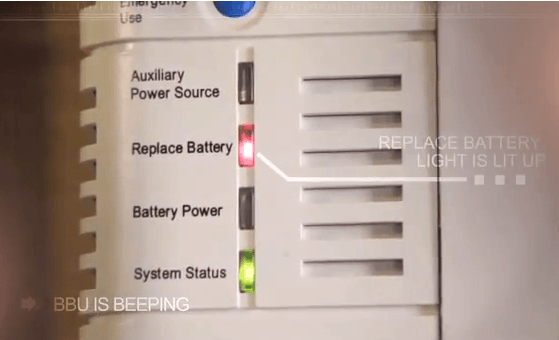
 Joanne Gaugler is on her third battery in seven years, and that one is now on its way out.
Joanne Gaugler is on her third battery in seven years, and that one is now on its way out.
 The company is mailing letters to affected television subscribers advising them to get a Time Warner Cable DVR, traditional set-top box, CableCARD or Digital Adapter (DTA). For secondary televisions, Time Warner’s new DTA for downstate New York is the Cisco DTA 170HD, which supports both High Definition and Standard Definition channels and digital-only QAM tuning up to 1GHz. This model is also capable of providing HD premium channels, which are currently not available to customers with earlier generation DTAs. It is unknown if Time Warner will support that functionality.
The company is mailing letters to affected television subscribers advising them to get a Time Warner Cable DVR, traditional set-top box, CableCARD or Digital Adapter (DTA). For secondary televisions, Time Warner’s new DTA for downstate New York is the Cisco DTA 170HD, which supports both High Definition and Standard Definition channels and digital-only QAM tuning up to 1GHz. This model is also capable of providing HD premium channels, which are currently not available to customers with earlier generation DTAs. It is unknown if Time Warner will support that functionality. Verizon Communications has filed a formal tariff
Verizon Communications has filed a formal tariff 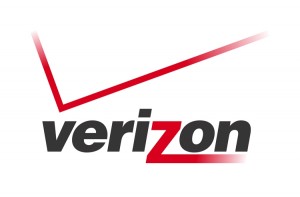 Although Verizon has currently only applied to drop wired service to the “western portion of Fire Island,” the tariff would set conditions under which Verizon could abandon its landline network for financial reasons in other portions of the state. For example, Verizon could argue that its declining number of rural landline customers are no longer financially viable to serve because of wired network upkeep and upgrade expenses. Verizon’s application would also allow it to abandon older facilities where competitive services (wireless or wired) are available, and allow Verizon’s wireless products to be considered a suitable alternative to meet universal service requirements.
Although Verizon has currently only applied to drop wired service to the “western portion of Fire Island,” the tariff would set conditions under which Verizon could abandon its landline network for financial reasons in other portions of the state. For example, Verizon could argue that its declining number of rural landline customers are no longer financially viable to serve because of wired network upkeep and upgrade expenses. Verizon’s application would also allow it to abandon older facilities where competitive services (wireless or wired) are available, and allow Verizon’s wireless products to be considered a suitable alternative to meet universal service requirements.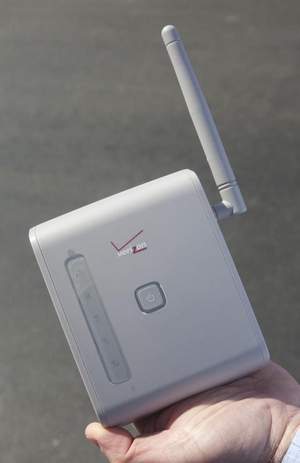
 Six months after Hurricane Sandy struck the northeastern United States, a significant number of Verizon customers are now learning they will never get their landline service back.
Six months after Hurricane Sandy struck the northeastern United States, a significant number of Verizon customers are now learning they will never get their landline service back.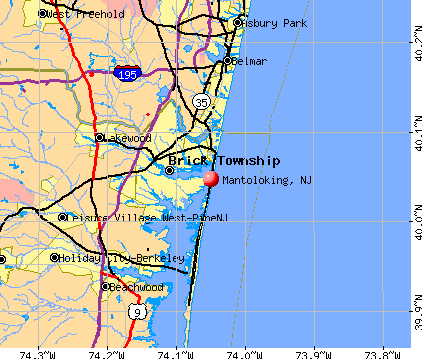
 The FCC’s short response to Anne’s detailed complaint:
The FCC’s short response to Anne’s detailed complaint: